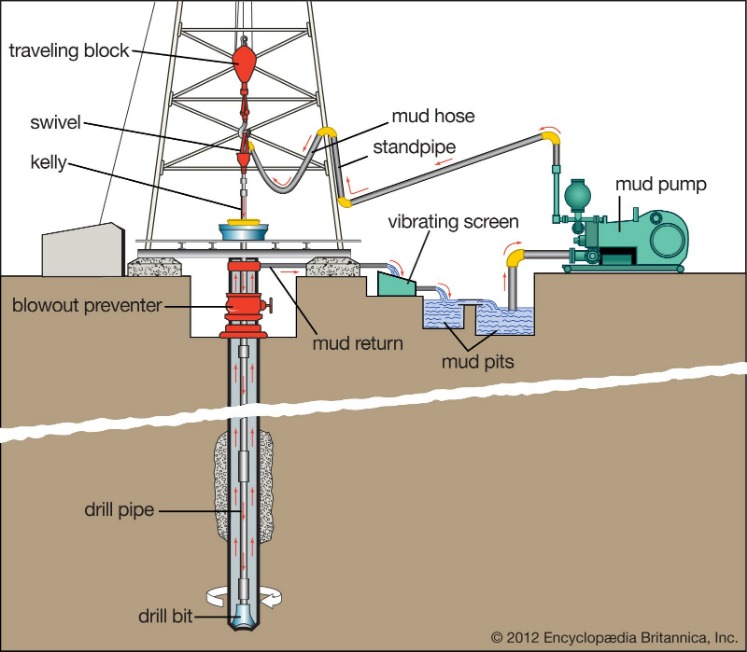Well construction is a crucial aspect of building sustainable water sources that can provide safe and reliable access to clean water. Whether for residential, commercial, or agricultural purposes, proper well construction is essential for ensuring the functionality and longevity of the well. Here, we delve into the key aspects of well construction and the steps involved in creating a well.
The Importance of Well Construction
Well construction plays a vital role in accessing groundwater resources efficiently and safely. Properly constructed wells are essential for preventing contamination and ensuring the quality of the water supply. By following established guidelines and best practices, well construction can help minimize risks and ensure the sustainability of water sources.
Key Steps in Well Construction
-
Read more about bohrbrunnen here.
- Site Selection: The first step in well construction involves selecting an appropriate site for drilling the well. Factors such as geological conditions, proximity to potential sources of contamination, and regulatory requirements are considered during site selection.
- Permitting: Before drilling a well, obtaining the necessary permits and approvals from local authorities is essential. Compliance with regulations and permitting requirements is crucial to ensure that the well construction process is legal and environmentally sound.
- Drilling: Once the site is selected and permits are secured, the drilling process begins. Various drilling techniques are employed based on the geological conditions of the site, such as rotary drilling, cable tool drilling, or auger drilling.
- Casing Installation: Casing, typically made of steel or PVC, is installed in the drilled hole to prevent collapse and contamination of the well. The casing also serves to reinforce the well and protect it from external elements.
- Screen Installation: Screens are placed in the well to filter out sediment and debris while allowing water to flow into the well. Proper installation of screens is essential for maintaining water quality and ensuring optimal well performance.
- Grouting: To seal the annular space between the casing and the borehole, grouting is performed using materials such as cement or bentonite. Grouting helps prevent contamination and stabilizes the well structure.
- Pump Installation: Once the well is constructed, a pump is installed to extract water from the well. The type of pump used depends on factors such as water depth, flow rate, and intended use of the water.
- Testing and Commissioning: Before putting the well into service, testing is conducted to assess its performance and water quality. Commissioning involves ensuring that the well meets regulatory standards and is safe for use.
Read more about brunnenbau here.
Frequently Asked Questions about Well Construction
Q: How long does well construction typically take?
A: The duration of well construction can vary depending on factors such as site conditions, drilling techniques, and regulatory requirements. On average, well construction can take several days to a few weeks to complete.
Q: What are the potential risks associated with improper well construction?
A: Improper well construction can lead to a range of issues, including contamination of the water supply, structural failure of the well, and reduced efficiency of water extraction. Following best practices and working with experienced professionals can help mitigate these risks.
Read more about bodenerkundung here.
Overall, well construction is a complex process that requires careful planning, adherence to regulations, and the use of appropriate techniques and materials. By ensuring proper well construction, individuals and communities can access reliable and clean water sources for their various needs.
Read more about schachtbrunnen here.



